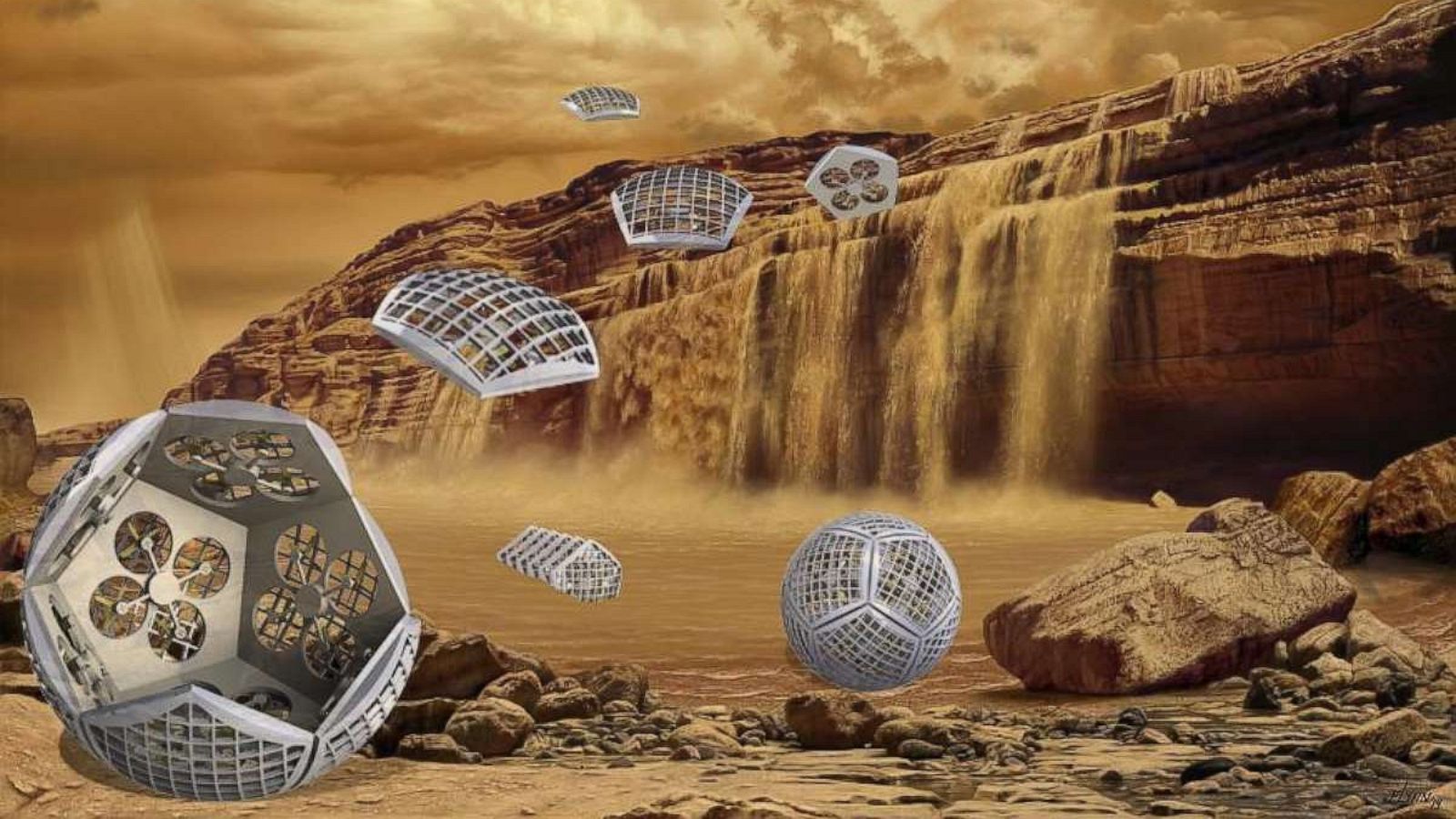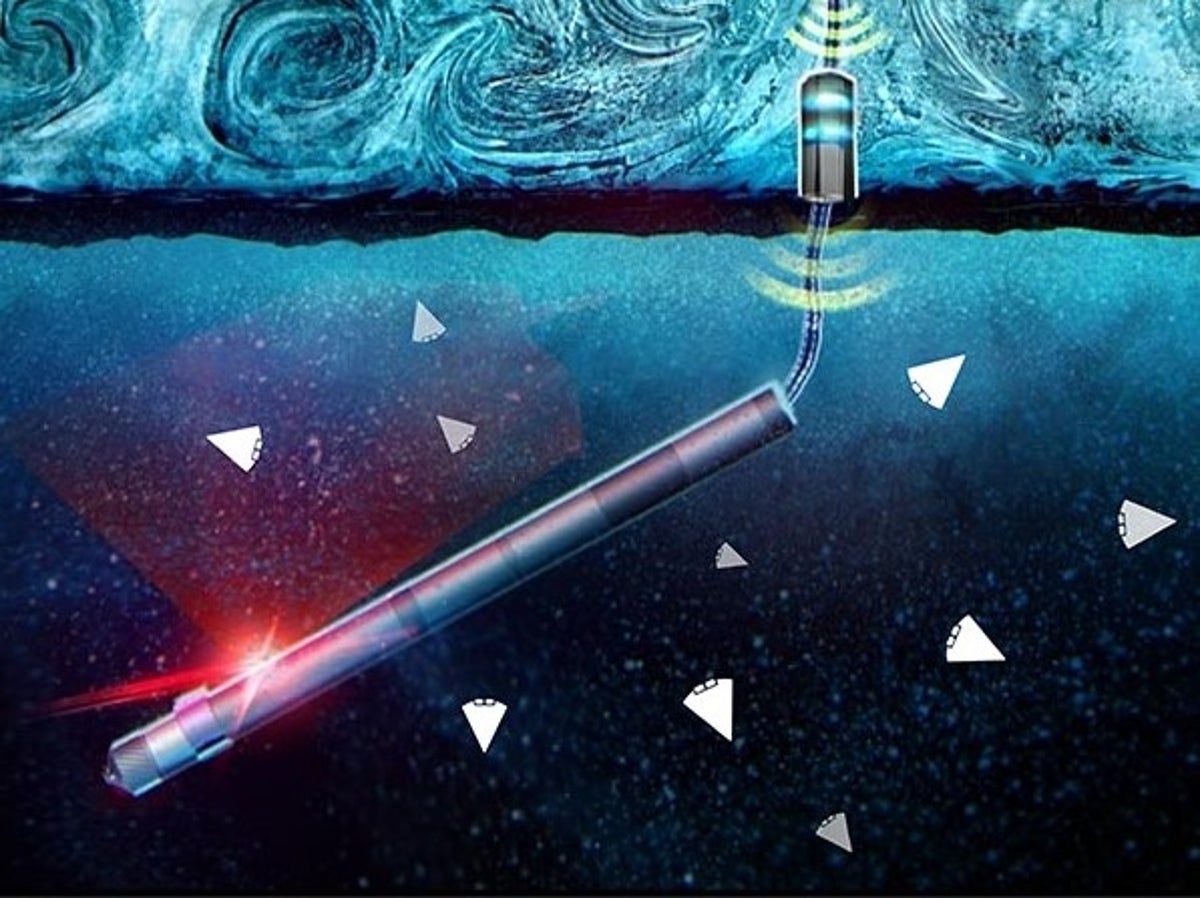
NASA has recently announced $600,000 in funding for a study into the feasibility of sending swarms of miniature swimming robots to explore oceans beneath the icy shells of our Solar System’s many “ocean worlds”
Swimming robots to assist in the search for life

While searching for life on other planets, scientists often search for signs of the presence of water. This is because wherever there is water, there’s likely to be life.
For example, Europa and Enceladus, the satellites of Jupiter and Saturn respectively are covered in ice. The icy sheet goes several kilometers deep and researchers believe there are enormous oceans under these ice coatings. However, as of now, they can only make assumptions about creatures swimming in these oceans.
Ethan Schaler, a robotics mechanical engineer at NASA’s Jet Propulsion Laboratory (JPL) has come up with the concept of swimming robots. Schaler’s Sensing With Independent Micro-Swimmers (SWIM) concept was awarded $600,000 from NASA for attempting to solve this problem. The concept involves sending mobile-phone-sized swimming probes to Europa. Once released into the water below the ice, robots will help penetrate the ice layer.
More on the cryobot
The swimming robots will contain narrow ice-melting probes. Hence they will melt through the thick ice sheets and help the robots reach the oceans. Once the swimming probes are released, they will start collecting data. Each of them will contain its propulsion systems, ultrasound communications in addition to basic sensors. The sensors will test temperature, pressure, acidity, and salinity.
SWIM robots will “flock” together, similar to the behavior of fish and birds. This will help in reducing data error through overlapping measurements. The second phase of the study will include sensors for biomarkers. However, if the concept is developed to something substantial, it will have the chance to go to Europa. NASA is planning to bring this concept design to reality by 2030.
